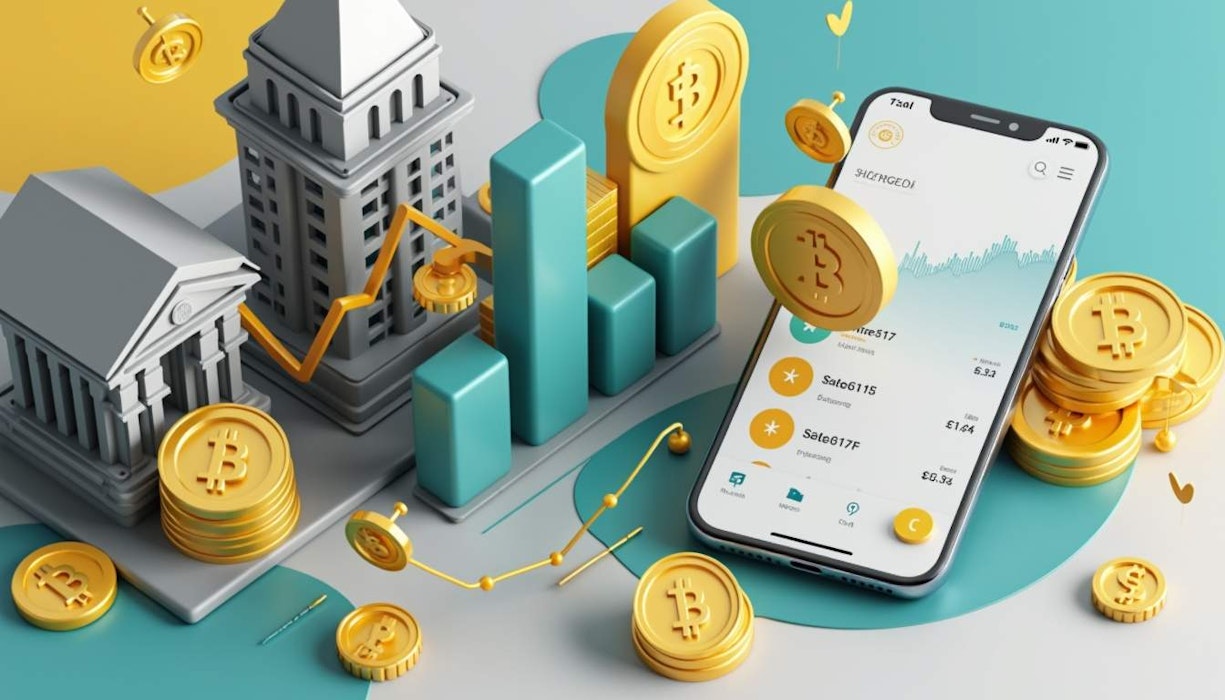Have you ever wondered what stablecoins really are and why they are becoming so important in today's economy?
Stablecoins are cryptocurrencies designed to maintain a stable value by being pegged to stable assets, such as fiat currencies or commodities. Their stability allows for everyday transactions and trading, especially in the volatile crypto market. They are crucial for liquidity, risk management, and DeFi platforms.
How Do Stablecoins fare Against Traditional Banking Systems?
How do stablecoins compare to traditional banking systems for cross-border payments in regions like Latin America?
In many places, stablecoins are quickly becoming the preferred choice. The reasons are multifaceted: The speed of stablecoin transactions is unmatched, thanks to blockchain technology. Bank transfers often take days due to multiple intermediaries. Stablecoins are far cheaper than traditional banking methods, which come with hefty fees. With stable assets like the US dollar backing many stablecoins, they protect businesses from currency fluctuations. Stablecoins also cater to a significant proportion of the population that remains unbanked or underbanked. Blockchain technology secures transactions against fraud and human errors. The regulatory landscape is gradually evolving, making stablecoin adoption more feasible.
Can Stablecoins Protect Savings From Hyperinflation?
Can stablecoins provide a reliable safeguard for savings in hyperinflationary economies like Venezuela and Argentina?
Indeed, they can. Here’s why:
Stablecoins, particularly US dollar-pegged ones, have become lifelines in hyperinflation. Argentina's citizens flocked to stablecoins during soaring inflation and strict foreign currency purchase limits. Venezuela's population relied on them to retain savings during extreme inflation times. The consistent value of stablecoins acts as a buffer against hyperinflation. For example, in Venezuela, stablecoins held their worth in USD, while local currency depreciated significantly.
Are There Risks in Using Stablecoins for International Transactions?
What are the risks tied to using stablecoins for international transactions?
Many risks accompany the use of stablecoins:
Stablecoins are susceptible to runs, especially during market volatility. Operational risks, including cyber threats, can impact stability and security. Stablecoins can be misused for illicit activities, creating further regulatory issues. The uneven global regulatory landscape introduces compliance uncertainties. International transactions can destabilize financial flows. Risks in speculative trading may arise. Technological failures can lead to depegging. There are potential financial stability risks, particularly for banks.
Are Stablecoins Beneficial for Freelancers?
Are stablecoins a good option for freelancers?
Absolutely. They offer several advantages:
Payments are processed rapidly, allowing freelancers to receive money almost instantly. Transaction fees are significantly lower than traditional services. Blockchain technology secures transactions, reducing fraud risks. They simplify cross-border payments, eliminating conversion hassles. Their pegged value provides predictable budgeting, making financial planning easier. Lastly, they can provide financial services to those without access to banks.
Summary
Stablecoins are not just another crypto trend; they are an integral part of today’s financial ecosystem and have the potential to transform how we engage with money in a digital world.
